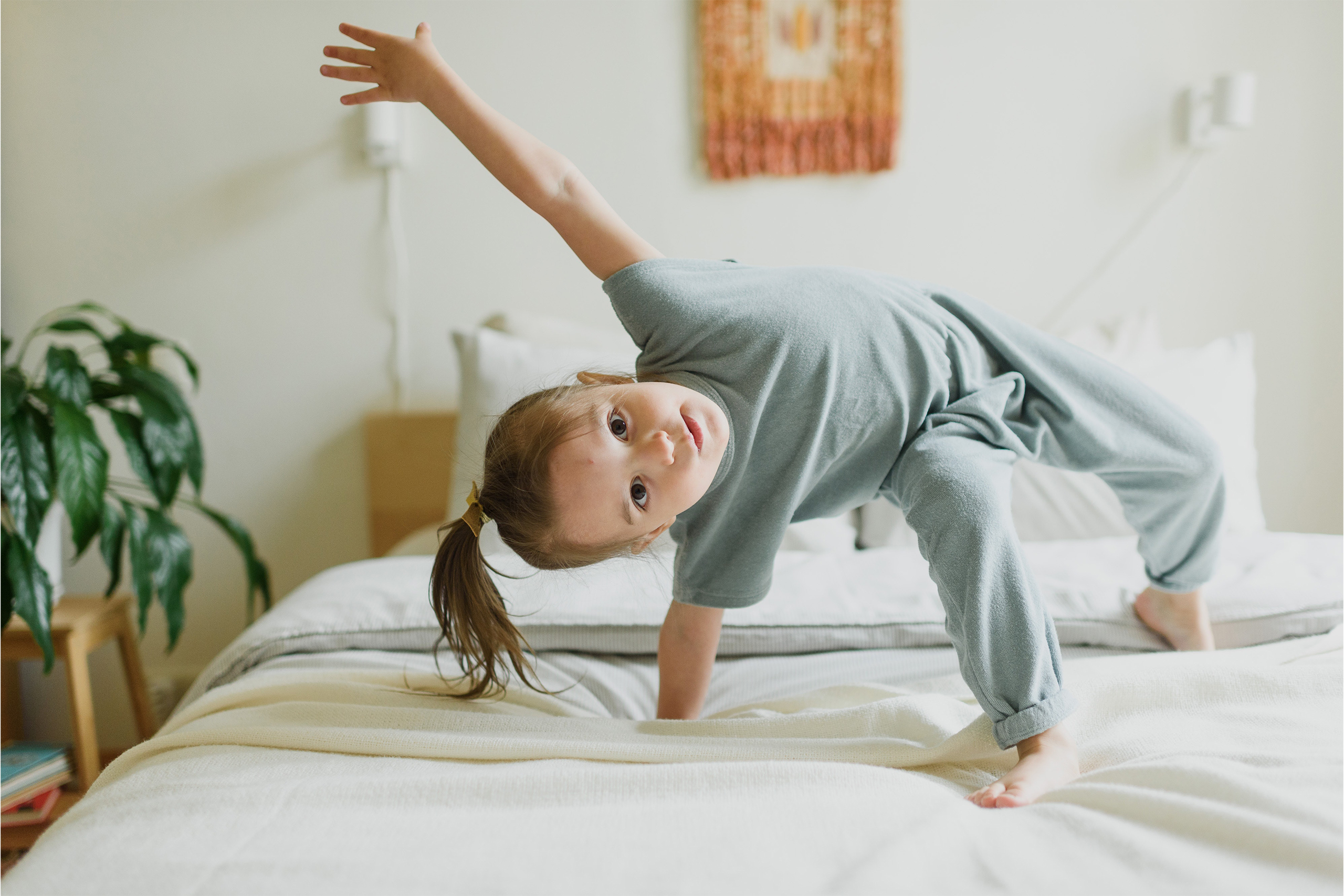We’re learning more and more about how the brain and the body are interconnected and how inextricable the two are from our overall well-being. So many of the functions that we often take for granted involve communication between the body and the brain. Balancing is in fact one of those functions! As a fairly complex skill, maintaining a sense of balance involves many of our muscles, our brain and even parts of our inner ear. The inner ear – also referred to by many as our “organ of balance” – is central to the entire process as it senses our head movements and even detects gravity. Our vestibular system is a sensory system which is found in the ear. It sends vital messages to our brain.
How does balance develop?
We’re not born with balance though. It’s a skill that is learned and one that falls under the “use it or lose it” category. Babies first gain strength and coordination to begin to balance their head. From there, they develop their neck and core muscles to sit without toppling over. As we support them, they slowly learn to crawl. With time, practice and great effort, they eventually walk, run, jump, and so much more! Balance requires practice to maintain and that’s exactly why this skill can be more challenging as we become more sedentary and move into our senior years.
Why should we try to develop good balance?
In recognizing that the brain and body are so closely connected, it is essential to focus on cognitive fitness just as much as physical fitness. Research out of Harvard Health has pointed out the following as being crucial to good balance:
Pairing overall physical health with targeted activities to improve balance while simultaneously focusing on reaction time, attention, decision making, and intentional planning of our movements (Harvard Health Publishing, Harvard Medical School, June 2021).
As we practice our balance, we’re strengthening our stabilizer muscles (including our abdominals and our forearms, among others) and reinforcing our attentional focus. In addition to our vestibular system being hard at work within the inner ear, balance also requires proprioceptive effort and input, or in other words, our body’s perception of its own movements and where it’s situated within the environment.
What are some benefits of doing balance exercises?
As you work to reinforce balance, you may be protecting yourself from falls and reducing the possibility of injuries. Injuries involving knees and ankles are most prevalent with poor balance. Additionally, your sense of proprioception – that ability of knowing where you are in space – can be vastly improved with these exercises.
So how do we practice good balance?
Having tons of fun with activities such as driving a PlasmaCar or using a pedal roller, balance more easily becomes reflexive. That’s to say that our body gains the ability to balance without our brain actively thinking about it. Standing on one foot, like in tree pose or by simply alternating weight on each foot individually, can help strengthen your balance. Using a balance board or stability ball can also help. All in all, good balance that’s been reinforced through plenty of practice enables us to move more efficiently and adaptively.



Leave A Comment